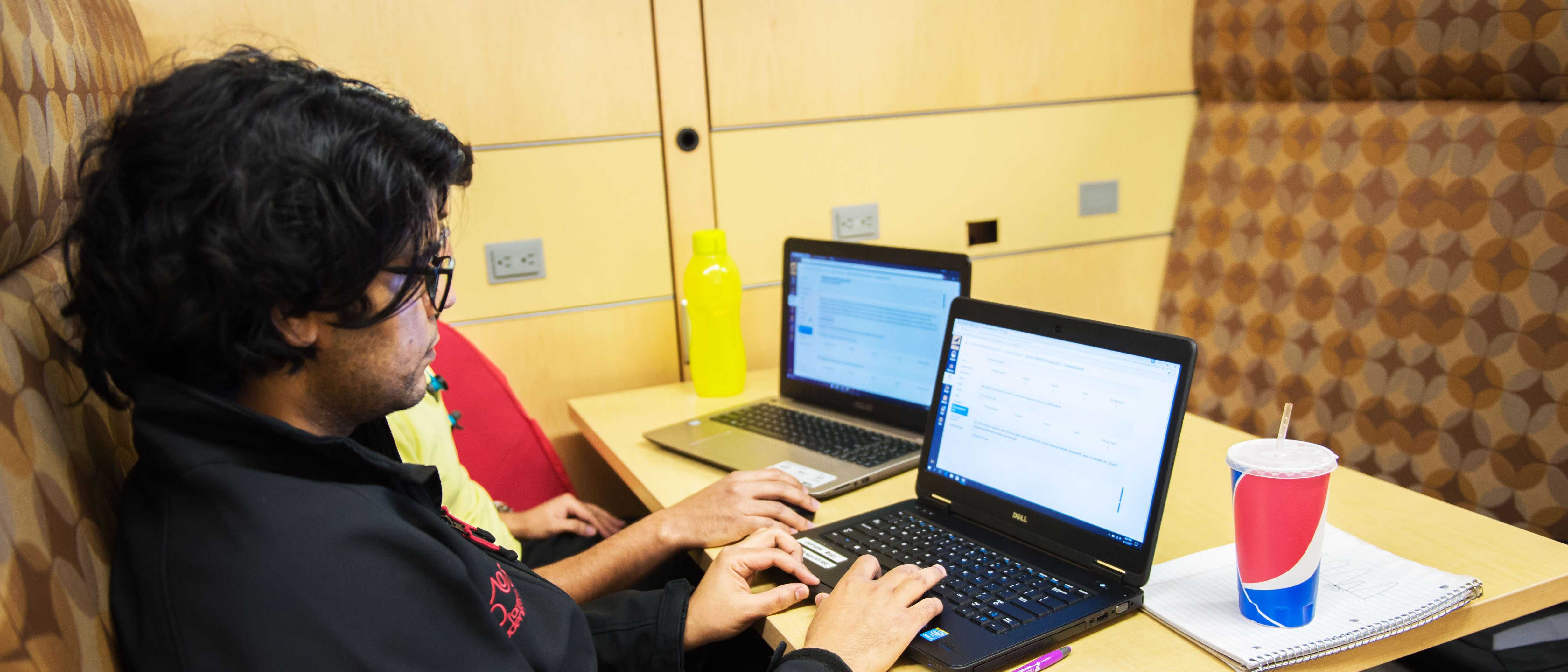Although all students at Michigan Tech are asked to participate in course evaluations at the conclusion of each semester, many students are unaware of the ways in which their feedback will be utilized. Some students worry that their evaluations may not be confidential or that their input will be ignored. These misconceptions reduce the efficacy of course evaluations. In reality, course evaluations have a myriad of positive applications.
Mike Meyer is the center director of the William G. Jackson Center for Teaching and Learning, a campus resource that helps to improve education at Tech. “As soon as all grades on campus are finalized, the reports are made available to the faculty immediately. Shortly after that, chairs get a numerical summary which does not include the comments, unless the faculty members share them,” said Meyer. “The provost also gets a list of the top ten percent broken down by bucket. We look at different class sizes and rank order based on seven dimension averages. Those individuals who are in the top ten percent are recognized by not only the chair but also by the provost for having an outstanding semester. Instructors only get on that list if 50 percent or more of students respond.”
As for instructors who don’t get high marks, those who score below a neutral rating will be asked to meet with their chair to discuss why the previous semester yielded negative student evaluations. After that, they must report to the chair with a plan for how to improve in the future.
In some cases, an instructor may have poor performance on teaching evaluations due to a personal circumstance, such as illness or death in the family. These instructors need not worry provided they have a history of positive evaluations. Those who consistently receive negative student evaluations, on the other hand, face greater consequences.
“The data from evaluations is put into a database that is used to look at longitudinal trends in teaching. Individual departments use student evaluations as a significant part of tenure and promotion,” said Meyer. Instructors with the lowest marks may even be dismissed from their teaching position.
While other factors are involved in assessing instructional quality, student evaluations are paramount. “The official senate policy is that no more than 50 percent of overall performance evaluation should come from student evaluations, but the fact of the matter at this point is that a lot of departments rely very heavily on this. The other aspects of performance evaluation are generally less about performance and more about development,” said Meyer. “Development is extremely important for improving teaching, but we keep coming back to student evaluations because they provide valuable information about how satisfied students are with their experience. Some people say that student evaluations don’t accurately portray how much learning is occurring, and that may be true, but in cases where students are really angry and dissatisfied in the classroom, there probably isn’t very much learning going on.”
Ultimately, student evaluations provide a window into the heart of Michigan Tech. As long as students continue to respond honestly to course evaluation surveys, teaching will surely improve over time. Like college itself, the pace of progress may be slow, but the payoff is worth it in the end.


